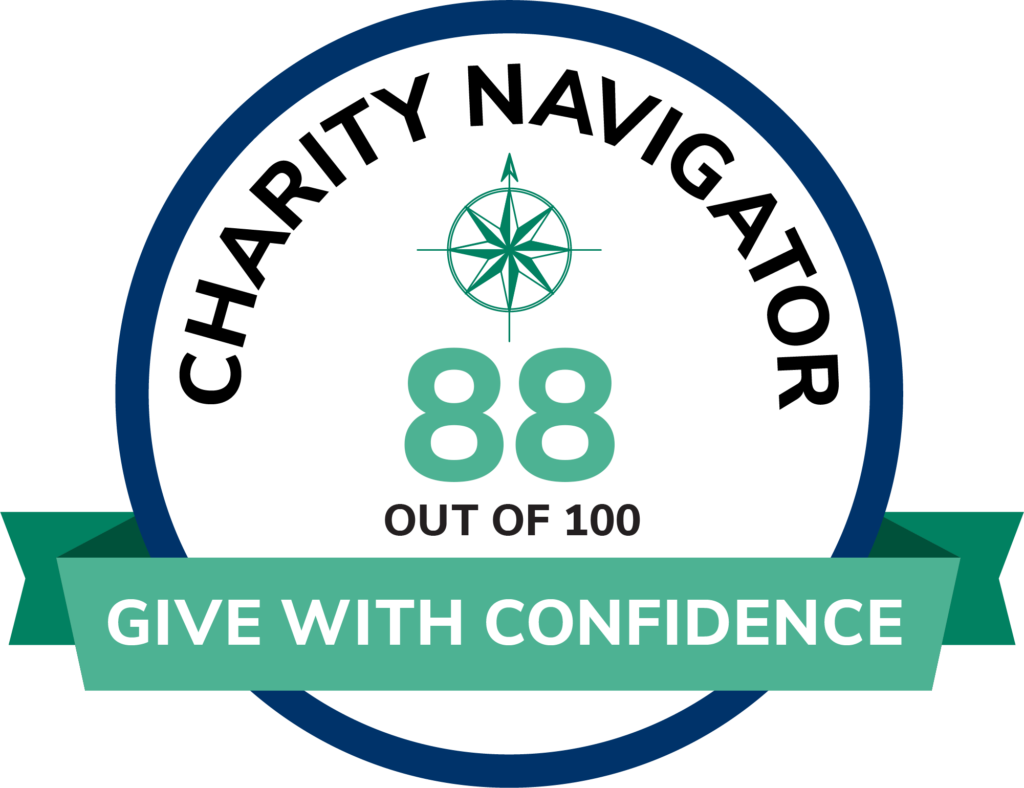If you’re already dreading asking your clients to pull together their receipts and other documents for 2022 tax filings, this may be a good time to take proactive steps to avoid being in this same spot next year.

When it comes to charitable giving, your clients may find that organizing their giving through one or more funds at the SRCCF will make their lives easier. Establishing a fund at the community foundation is an easy way to organize and track charitable giving. A client can take advantage of this feature by making a single, tax-deductible contribution each year to the community foundation, to be added to their donor-advised, field of interest, or other type of fund.
An especially tax-savvy technique is for the client to make this contribution using highly-appreciated stock. After the stock has been transferred to the SRCCFn, the proceeds from the foundation’s sale of the stock–free from capital gains tax–are then used for distributions to support your client’s favorite charities. No matter how many different charities receive support from the fund, the client still has just one receipt to keep track of charitable donations for income tax deduction purposes.
The subject of gathering up tax receipts for charitable donations is often a prompt for clients to get organized with the rest of their financial lives, too. At the very least, the subject of charitable giving can pave the way for a discussion about the basics of estate planning. Many clients are simply not aware of the meaning and importance of critical elements, such as:
- The difference between a will and a living trust and how charitable wishes fit in to these documents
- Why it’s critical to be intentional about how each and every asset is titled so that the assets actually pass as intended (which requires making a comprehensive list of assets in the first place)
- The dangers of hurriedly filling out life insurance and retirement plan beneficiary designations and why these documents are absolutely critical components of a financial, estate, and charitable plan
- Reasons for having both a “living will” and a durable power of attorney, both of which (or the lack thereof) have a major impact in the event of incapacity
- A reminder to make sure someone in the family knows where to find a list of logins and passwords
Charitable planning is one of many steps in your work with clients, but it can be an excellent catalyst for helping clients understand why they need that comprehensive estate and financial plan you’ve been encouraging them to complete. The team at the community foundation is happy to help with the charitable components of your service to clients. We look forward to making it easier for you to address all of your clients’ needs.
The team at the Starved Rock Country Community Foundation is honored to serve as a resource and sounding board as you build your charitable plans and pursue your philanthropic objectives for making a difference in the community. This article is provided for informational purposes only. It is not intended as legal, accounting, or financial planning advice. Please consult your tax or legal advisor to learn how this information might apply to your own situation.



